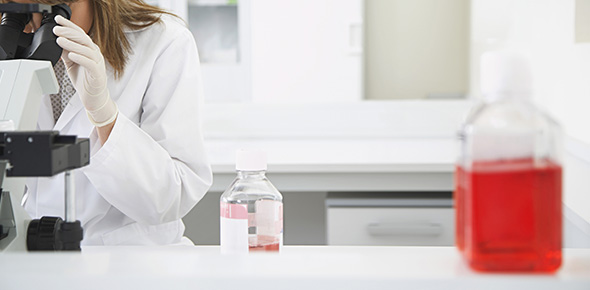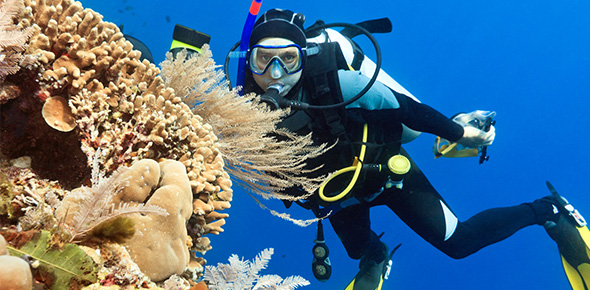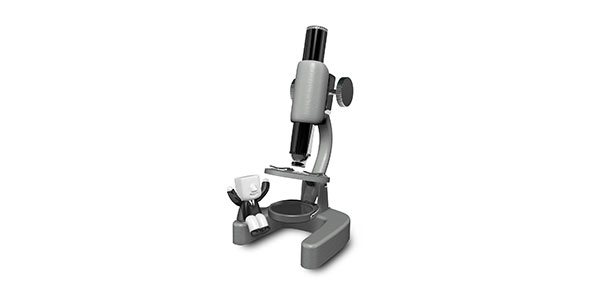Related Flashcards
Related Topics
Cards In This Set
| Front | Back |
|
Convert 0.000000013 to scientific notation
|
1.3 x 10-8
|
|
Convert 1535 to scientific notation
|
1.535 x 103
|
|
A 1 ml aliquot was removed from a culture of Bacillus subtilis and was added to 9.9 ml blank.
1. What was the final dilution factor (FDF) for the tube (express your answer in scientific notation)?
2. If 1 mL sample was spread plated, and 270 colonies grew on the plate then what is the Original Cell Density (OCD)?
3. If 400 colonies grew on teh plate, what is the OCD?
|
1. 0.1/ (0.1 +9.9)=0.1/10=1E-2
2. 270 colonies/ (1E-2 x 1mL) = 2.7E2/10-2= 2.7E4 CFU/mL
3. 400 colonies are uncountable (TNTC)
|
|
Given that a sample was diluted ten-fold (1/10) five times, what would be the FDF for the final tube?
|
1/10 or 10-1
10-1 x 10-1x 10-1 x 10-1 x10-1 = 10-5
|
|
Given that a sample is diluted five-fould four times, what would be the FDF for the sample?
|
1/5 or .2
0.2 x 0.2 x 0.2 x 0.2 = 1.6 x 103
|
|
A 1mL aliquot was removed from a culture of Yersinia pestis and was added to 9 mL of TSB broth. What is the dilution factor (DF) for the tube (in scientific notation)?
|
1/(1+9) = 1/10=1E-1=10-1
|
|
Illustrate a four-step serial dilution (10-2 at each step startin with an unknown sample of E. coli using a total volume of 10mL at each step. Indicate the volume of the unknown you need to inoculate into each tube as well as the FDF at each step
|
Tube 1 Tube 2 Tube 3 Tube 4
DF: E-2 DF: E-2 DF: E-2 DF: E-2
FDF: E-2 FDF: E-4 FDF: E-6 FDF: E-8
|
|
A sample was diluted by adding 0.1 mL of the sample to 0.9 mL of diluent, and 1 mL of this diultuion was pour plated. After incubation, 217 colonies appeared. What is the CFU/mL in the original specimen?
|
FDF: 0.1/(0.1 + 0.9) = 0.1/1 =10-1
217 colonies/ (10-1)(0.1mL) = 2.17 x 102/10-1 = 2.17E3 CFU/mL
|
|
A 0.1 mL aliquot of E. coli was added to 0.9 mL of water. Then, 0.1 mL of this diultion was plated out, yielding 73 colonies. Calculate the CFU/mL in the original culture
|
73 colonies/(10-1)(1mL) = 7.3 x 10-1/(10-1)(10-2) = 7.3E3 CFU/mL
|
|
A serial dilution was prepared by adding 0.1 mL urine sample to tube #1 containing 9.9 mL sterile TSB. A 0.1 mL sample was taken from tube #1 and added to tube #2 containing 9.9 mL of sterile TSB. A 0.1 ml aliquot was taken from tube #2, spread onto the agar surface. After a period of 8 hrs 110 colonies were counted. What was the original CFU/mL?
|
110 colonies/ (10-4)(0.1mL) = 110/(10-4)(10-1) = 1.10E7
|
|
1.0 gram of ground beef was added to a tube #1 containing 9 mL of sterile water. A 1 mL sample was taken from tube #1 and added to tube #2 containing 9 mL of sterile water. A 1 mL sample was taken from tube #2 and added to the tube #3 containing 9 mL of sterile water. A 0.1 mL sample was taken from the tube #3 and added to tube #4 containing 9.9 mL of water. illustrate the serial dilution in the problem. Make sure to note that initial volume of each tube and the volume transfered between the tubes. Also make sure to not the dilution factor (DF) for each tube and final dilution factor (FDF) for each tube
|
1 gram = 1 mL
Tube 1 tube 2 tube 3
DF: E-1 DF: E-1 DF: E-1
FDF: E-1 FDF: e-2 FDF: E-3
|
|
It was determined that a flask contains 5E8 CFU/mL of E. coli. illustrate a dilution scheme using tubes containing 9.0ml of TSB, 9.9 ml of TSB or 9.99 mL of TSb that would reduce the original cell density (OCD) to 5E-1 CFU/mL
|
Flask 9.99ML 9.99 mL 9.0mL
OCD: E8 OCD 5E5 OCD: 5E2 OCD:5E1
0.01mL transfered; 0.01mL 1 mL
|
|
Plating 0.1 mL of a sample diluted by a factor of 10-5 produced 125 colonies. What was the original concentration of the sample?
|
125 colonies/ (10-5 x 0.1mL) = 1.25E2/ 10-6 = 1.25E8
|
|
A sample of a concentration of 2.34E6 CFU/mL, what final dilution factor would yield a countable plate
|
2.34E6 x (1E-4) = 2.34E2 = 234
so a final dilution of 10-4 will yield 234 colonies (countable)
|
|
Bacteriophages
|
Viruses that attach bacteria
aka phages
|






